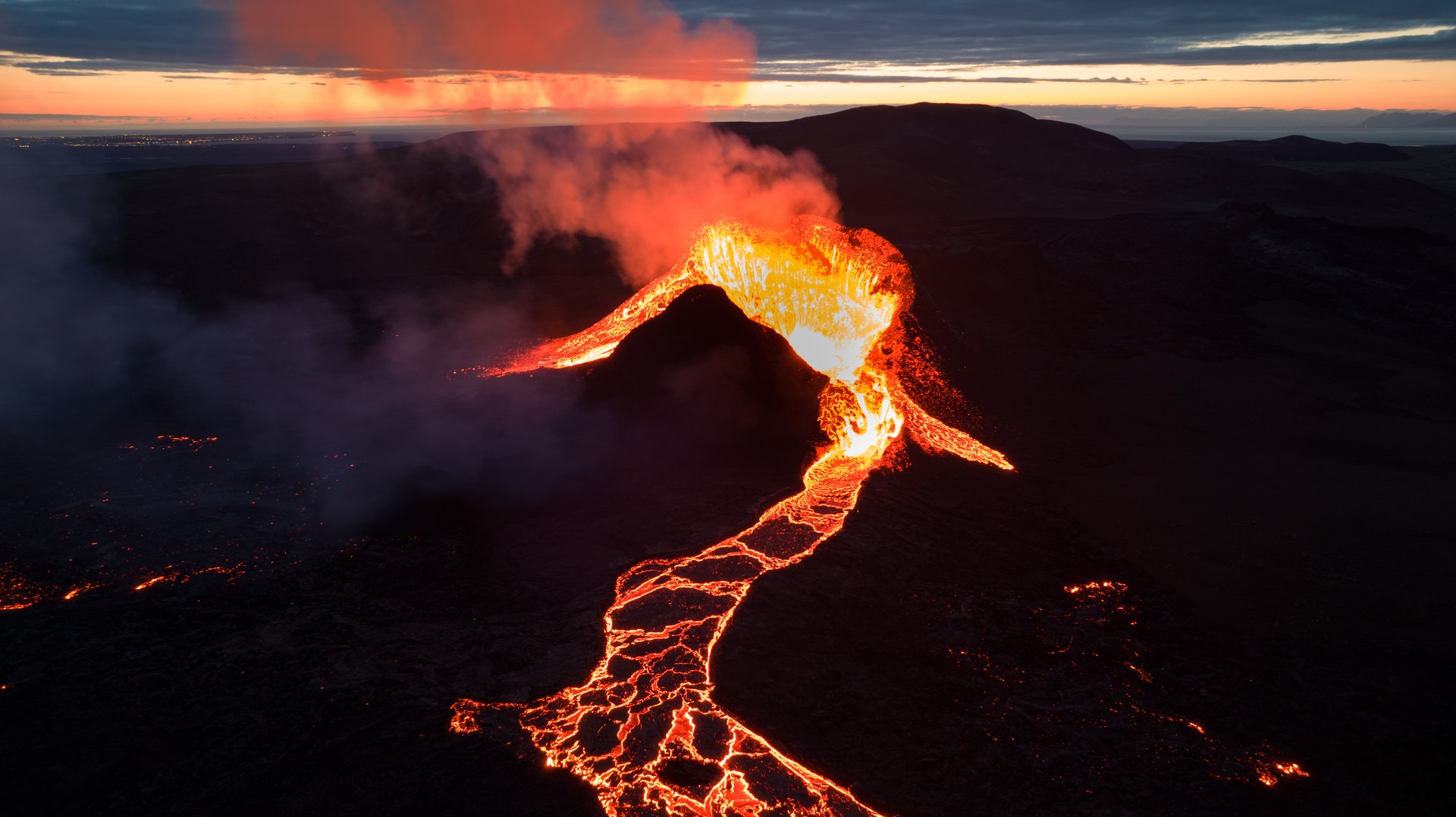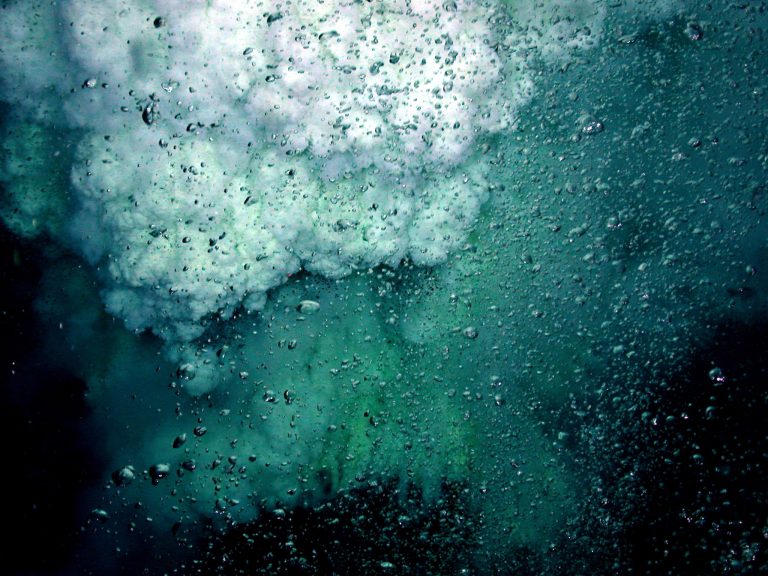Interest has been stirred in volcanoes recently after Indonesian photographer Gunarto Song, on a mission to capture the awesome spectacle of Mount Merapi’s eruption, chanced to capture a meteor striking the volcano in an instantly viral photo.
After the meteor strike, Song continued to document the beautiful, yet violent power of the erupting volcano; an alarming sight for a surprising number of communities around the world. According to USGS there are approximately “1500 potentially active volcanoes worldwide,” and that doesn’t include the underwater volcanoes, which Smithsonian Ocean says account for 70 percent of all eruptions.
The Ring of Fire
The most active of Indonesia’s 120 active volcanoes, Mount Merapi, meaning “the one making fire,” is situated just north of the city of Yogyakarta, on the island of Java.
According to Yogyakarta’s Volcanology and Geological Hazard Mitigation Center, clouds of hot ash, rapid pyroclastic flows, and a mixture of rock, debris, lava and gasses were fired out of the mountain, with a rumbling that could be heard kilometers away. The clouds of ash shrouded over villages and towns in the vicinity.
Eruptions in the past have not only damaged the cultivated lands below, but also taken a toll on human life, with the 2010 eruption killing 347 people. Villagers living on the fertile lands surrounding the volcano were thus warned to be on high alert and stay five kilometres away from the crater’s mouth.

Alaskan eruptions
Success
You are now signed up for our newsletter
Success
Check your email to complete sign up
In the United States alone, there are 169 I potentially active volcanoes. Mount Pavlof, one of the most active volcanoes on the Aleutian Islands, could go off without much warning, according to geologist Chris Waythomas with the Alaska Volcano Observatory.
On the 5th of August, the volcano released low-level ash emissions, raising the volcanic threat level from yellow to orange, which indicates the beginning of an eruption. Waythomas considers the peak as an open system volcano, as its “magmatic plumbing system is open and magmas can move to the surface really fast and it can start erupting almost with no warning.”
Besides Mount Pavlov, two other Alaskan volcanoes, Great Sitkin and Semisopochnoi Volcano, are also shooting up ash and spewing lava respectively, potentially ready to erupt as well.
European eruptions
On May 19th, 2021, two Italian volcanoes, Mount Etna and Mount Stromboli, erupted simultaneously, as reported by Italy’s volcanology institute, the Instituto Nazionale di Geofisica e Vulcanologia (INGV).
Mount Etna erupted once again on the 9th of August, sending shockwaves that shook communities in the Catania province of northeast Sicily with explosions in the morning. Despite the sheer intensity of the blast, Boris Behncke of INGV says there was “nothing abnormal” about the activity. However, warnings were issued of “possible delays” with incoming and outbound flights wishing to avoid contact with volcanic ash in the air.
Behemoth of Europe
More alarming still, is a possible emergence of Europe’s largest active volcano Marsili, which rests at the bottom of the Tyrrhenian Sea near Naples. Scientists fear that the eruption of the underwater volcano could cause a tsunami that might threaten the south of Italy.
There are at least seventy underwater volcanoes in the Tyrrhenian Sea that could pose a threat to the region, according to INGV volcanologist Guido Ventura.

Warning signs
While the focus is on the larger, prominent volcanoes, experts believe that there are possible domino effects from smaller eruptions.
“At the moment, calculations are too skewed towards giant explosions or nightmare scenarios, when the more likely risks come from moderate events that disable major international communications, trade networks or transport hubs.” said Dr. Lara Mani from CSER.
Mani and her colleagues deduced that minor eruptions could still release ash clouds, mudflows and landslides that disrupt communications and cause damage and economic loss.
“We need to move away from thinking in terms of colossal eruptions destroying the world, as portrayed in Hollywood films,” added Mani. “The more probable scenarios involve lower-magnitude eruptions interacting with our societal vulnerabilities and cascading us towards catastrophe.”
Although we like to take in the beautiful, fiery glow of eruptions, the unleashed power of a volcano is something to be viewed with respect and caution. Regarding potential catastrophe, if we heed Dr. Mani’s predictions, we might do well to brush up on our basic survival skills, should these eruptions somehow set us back to a primitive state. As your friendly neighborhood boy scout would say, “Always be prepared!”















